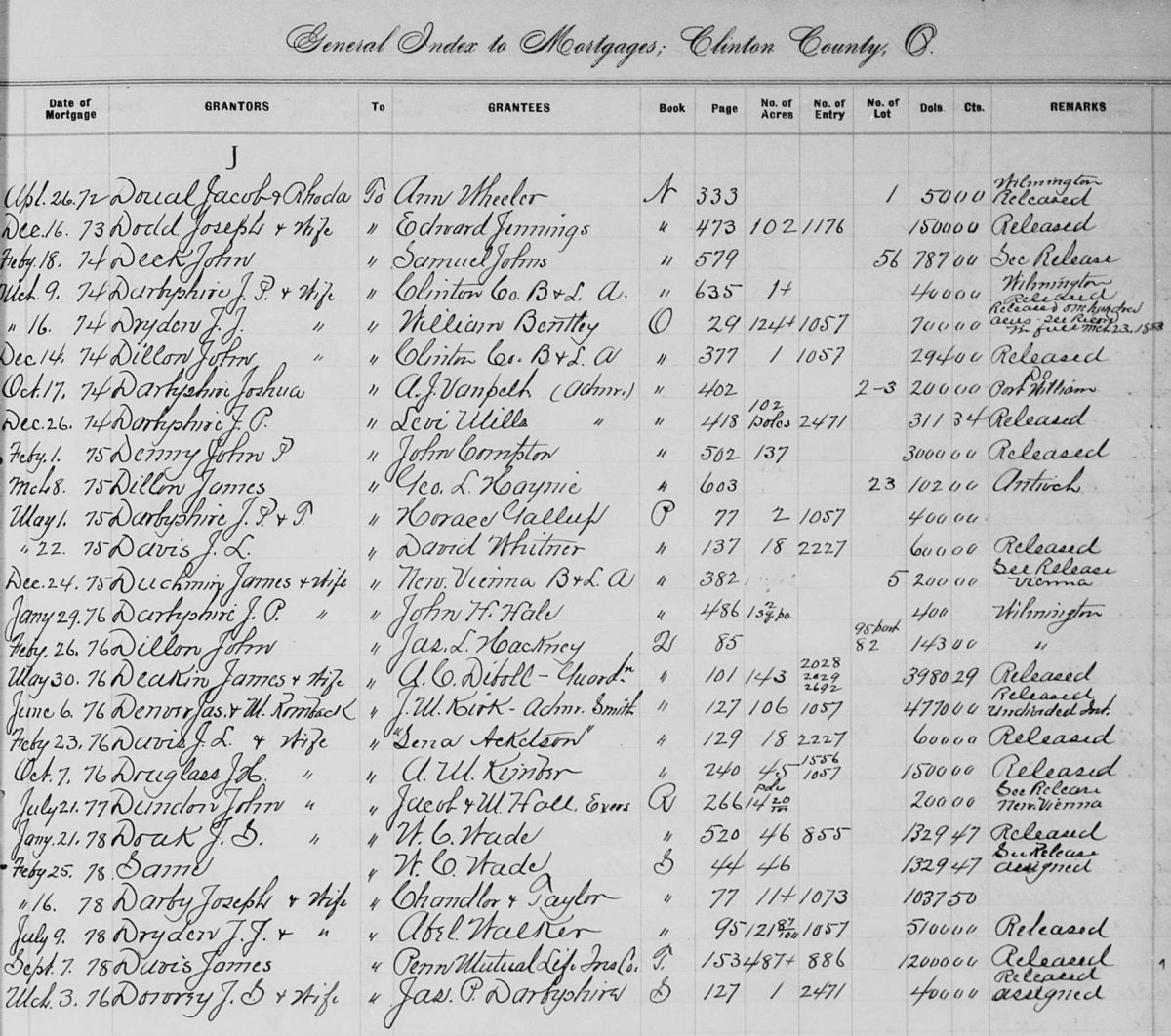Deeds are legal documents that provide crucial information about land ownership and transactions, dating back to the earliest days of American settlement. They are a valuable resource for genealogists, historians, and real estate professionals seeking to uncover information about specific parcels of land or to track changes in land use over time.
Beyond providing information on ownership and transactions, deeds can reveal a wealth of historical insights. For example, they can provide details on how land values changed over time, which groups of people were able to own land, and how social and familial relationships influenced land ownership. They may also include descriptions of the land and any structures or improvements on it, such as houses, barns, or fences.
To trace the history of a piece of real estate using deeds, researchers can work backwards or forwards from one deed to the next. Each deed documents the transfer of land ownership from one individual or entity to another, creating a chain of title that can reveal important historical details. However, because counties and towns have changed over time, deeds for a single parcel of land may be located in multiple locations, requiring a thorough and methodical search to locate all relevant documents.
In addition to deeds, other historical records such as probate records and court decrees can also provide information about property transfers. These records are often located in the same place as deeds and can provide additional context for understanding the history of a particular piece of land.
Today, many registries of deeds have made their holdings available online, providing researchers with greater access to historical documents and reducing wear and tear on the original records. However, it’s important to note that not all records have been digitized, and in some cases, the only way to access a particular document may be to visit the physical location where it is held.
How do I Search for Land Deeds?
To conduct a thorough search of land deeds, follow these steps:
- Identify the names of the buyer (grantee) and/or seller (grantor) of the land you are researching.
- Determine where and how deeds are recorded and stored for the time and place of interest. You may be able to access this information online, but you may also need to visit a physical location to review the records.
- Check online resources for any available information.
- At the registry of deeds, search the grantee and grantor indexes for the names of the parties involved in the transaction.
- Review the body of the deed for important information such as the names of the grantor and grantee, type of covenant (warranty, quit claim, mortgage), and a detailed description of the property conveyed. Look for any additional information such as the intent of the deed, volume where the deed is recorded, price of the transaction, and chain of title.
- Look for a tax stamp, which can indicate the value of the transaction and can help estimate the selling price.
- Check for any releases of spousal rights, which can provide insight into genealogical relationships between family members.
- Review the acknowledgment to verify that the release was given voluntarily.
- Note the date and time of recording to establish chronology.
- Keep detailed notes or use a Deed Research form to document all the information you find, even if it doesn’t seem important at the time.
- Make copies of any relevant documents if necessary. Note that archives may charge for making copies.
- Consult other sources such as tax maps, aerial photos, insurance maps, town atlases, historical wall maps, letters, wills, and court records to verify or fill in any missing information.

